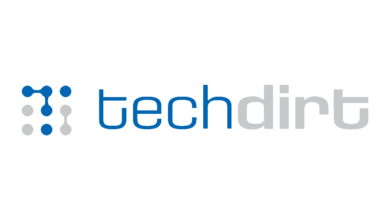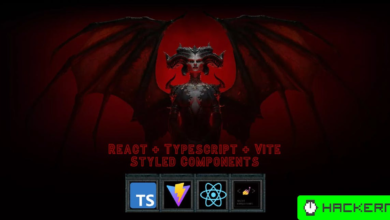Why Web Developers Like AI

BERLIN, GERMANY – MAY 19: Symbolic photo on the subject of online shopping. The symbol of a shopping … [+]
AI is divisive. In the modern workplace today, most feel that the impact of Artificial Intelligence (AI) and its new generative strain of wonderment will transform the way we all work in the months and years to come. While some are still reticent to embrace its potential benefits (journalists and people in high-level decision-making roles may be among the more skeptical), data science theorists assure us that even the AI naysayers will soon find a subliminally attractive element of AI functionality coming forward in applications without it announcing itself as some newfangled auto-bot or intelligent assistant.
Among those groups who seem to ready to embrace AI quite readily are web developers, especially those who handle a large amount of image-centric tasks as they work to classify, categorize, manipulate and present pictorial assets for our online applications to illustrate our lives with.
Why are web images a chore?
To validate this suggestion, we need to know why working with web images can be such a chore, right? The fact is, advanced image editing and optimizing assets for human accessibility and Search Engine Optimization (SEO) is a key reason web development teams experience resource bottlenecks.
In a recent independent survey conducted in association with image and video technology platform company Cloudinary, over half of web developers said they viewed AI tools as ‘very’ or ‘extremely’ trustworthy, citing improved efficiency and productivity as a top benefit. This workplace analysis study suggested that two thirds of web developers are happy to use generative AI tools to streamline the development process and drive factors such as workflow automation.
A specialist in enterprise digital asset management (DAM), Cloudinary clearly thinks this is good news. The firm’s generative AI capabilities offer a way to edit images at scale, enabling technical and non-technical users to get their most valuable assets showcased online and ready for market. Championing the idea of AI as a driver for employee autonomy and productivity, the company’s new Generative AI Upscale for Faces capability offers an example of generative AI’s impact.
Put a face on it
Images with faces have been found to attract attention and build trust at higher rates; they are therefore among the most important elements of any image in which they appear. Similarly, user-generated content (i.e. photos that customers of products and services may have submitted to online shopping and purchasing websites) is particularly valuable for increasing customer conversions, but ensuring the necessary quality of human subjects when using those assets can be a challenging and time-intensive proposition.
“Generative AI continues to provide a simple and quick solution for developers and non-technical users to edit, optimize and deliver the best possible asset to any viewer, regardless of their viewing context,” said Nadav Soferman, co-founder and chief product officer at Cloudinary. “Building on our legacy of AI innovation, we’re proud to bring these cutting-edge tools to our customers so that they can not only unleash the full power of their images and videos, but also reallocate their time to more strategic and impactful work.”
Cloudinary’s Generative AI Upscale for Faces uses advanced facial recognition technology to detect human faces. It is able to automatically optimize the image to ensure the faces remain visible and in focus, even when the original photo needs to be cropped and/or enlarged. This feature reduces the risks associated with user-generated content (UGC) or other assets when the brand has no control over the original quality, thereby improving usability.
Repeatable, automated workflows
Cloudinary is also making more generative AI features available to marketers and creatives with the next update to the Studio feature of its enterprise digital asset management platform, Cloudinary Assets. Studio users, who already enjoy no-code access to Generative Fill, Replace and Recolor capabilities will be able to use Generative Restore to automatically improve and optimize many low-quality images at once. Studio users also gain the ability to build repeatable, automated workflows to apply these transformations and deploy the upgraded assets across different channels.
This may sound like a comparatively narrow application of generative AI and not everybody will know someone who is a web developer with an image management and manipulation specialization. But, everyone has used the Internet, everyone has viewed online shopping pages and every one of us has screwed our eyes up looking at images of products and services wondering whether the stitching quality is good enough and wondering if that mauve color is going to look like some kind of sickly purple-puce in real life.



